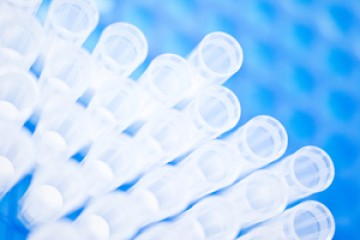Project grant
Development of an in vitro model of 'pain'

At a glance
Completed
Award date
April 2015 - April 2018
Grant amount
£322,645
Principal investigator
Dr Ramin Raouf
Co-investigator(s)
Institute
King's College London
R
- Replacement
Read the abstract
View the grant profile on GtR
